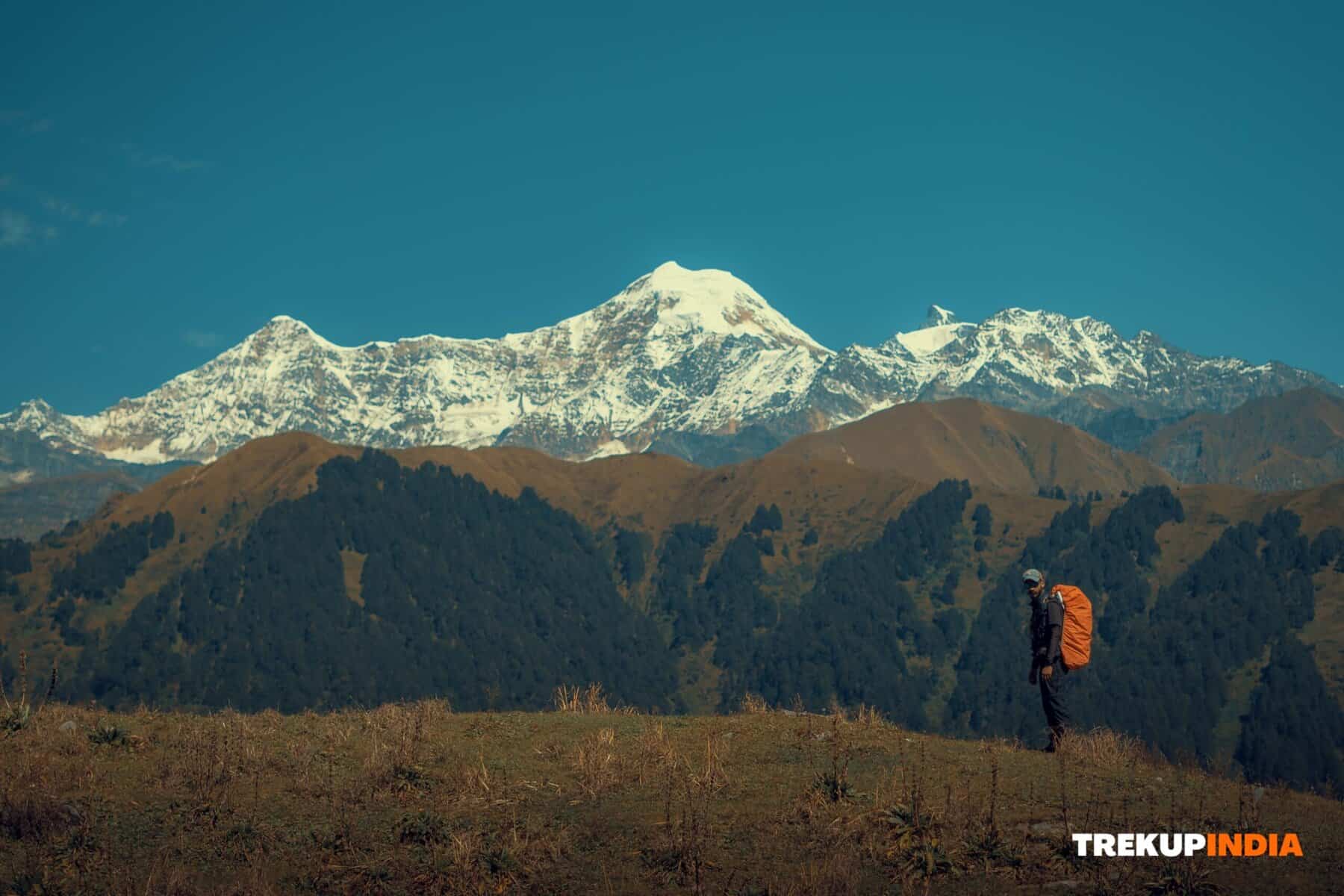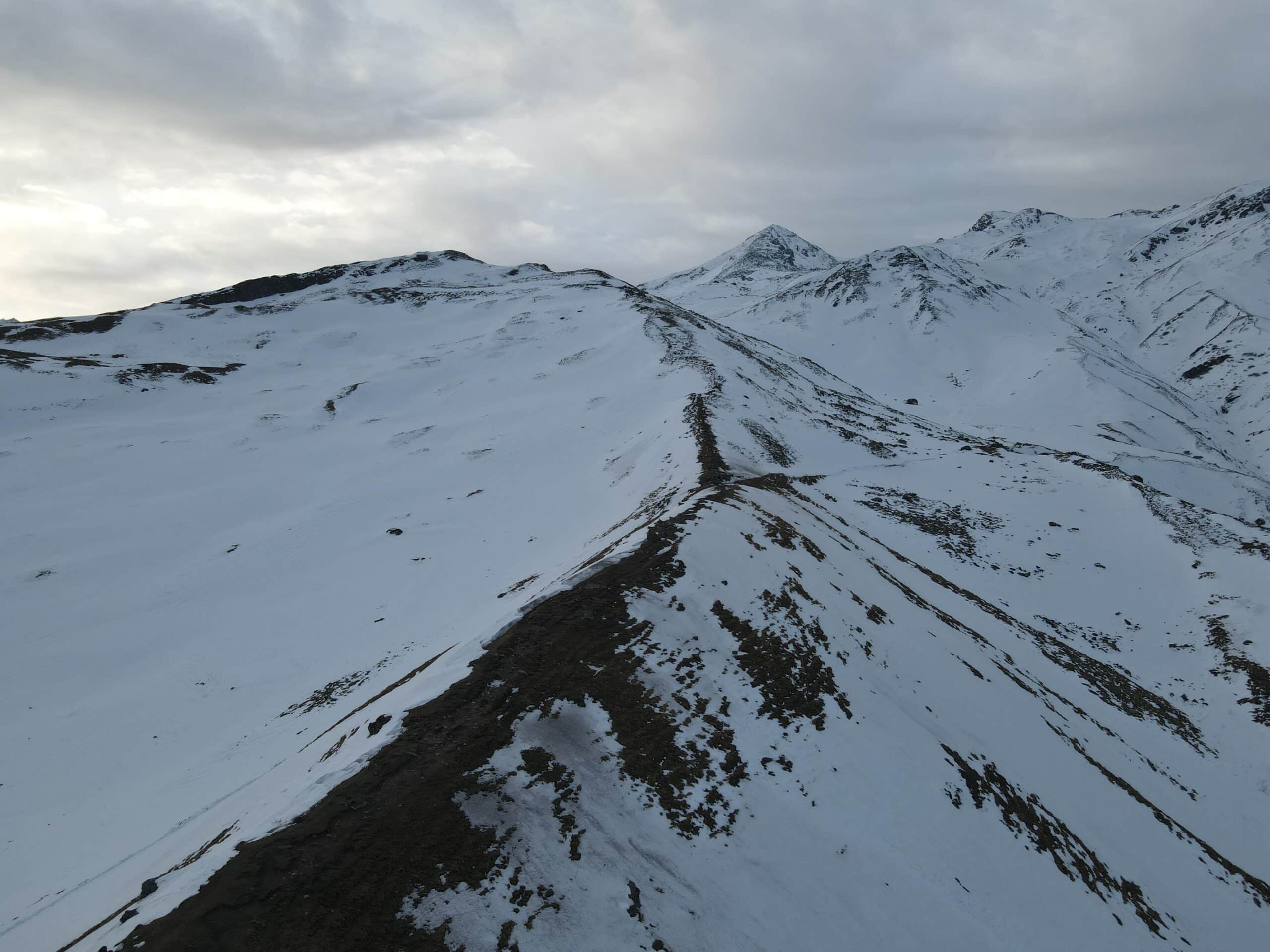Ajan Top Trek
Ajan Top Trek
The Ajan Top trek is one of the best ways to see the stunning scenery of Lohajung. Starting from Lohajung, the Ajan Top ascent is a short two-and-a-half-kilometer hike that passes through rhododendron forests and vast meadows. After a short, steep climb, the trail descends through lush, green pastures and a clearing. The trail to the summit is not marked, but any trail leading to the ridge is possible. Ajan Top is a great one-day trek that offers spectacular views of the surrounding mountains. The trail is relatively flat, so it’s a good acclimatisation trek before attempting a longer trek. During the trek, you’ll enjoy a panoramic view of the nearby towns of Mrightuni, Tharkot, and Nanda Ghunti. You’ll also find the Ajan Temple in the center of the hill. Ajan Top is a popular day trip destination. This trek is just 1.5 hours away from Lohajung, and is a great acclimatisation trek for long-distance trips. The 360-degree vistas are breathtaking! And once you’re done, you’ll be ready for the next big hike. And as a bonus, you’ll be able to see more of the Himalayas than you could imagine! It’s a great way to prepare for longer hikes by getting fit beforehand. The mountain’s altitude is apt for climbing, but a short Ajan Top trek can still be a thrilling experience. Just be prepared to be physically fit! Once you’ve done the hike, you’ll be glad you did. The Ajan Top Trek is a short one-day hike that takes about an hour to complete. You’ll be rewarded with 180-degree views of the Mrightuni, Tharkot, and Nanda Ghunti. The Ajan Temple is the highest point in the area. The Ajan Top trek starts from Lohajung, which is a charming village in the Chamoli district of Uttarakhand. The village is also the starting point for the popular Brahmatal and Ali Bedni Bugyal treks. From Kathgodam, take a taxi to Debal, a village about 24 kilometers from Lohajung. If you’re able to hike this trail, you’ll have an amazing time! The route passes through forest and mini villages. The trail to the top is an easy one-day hike that allows you to take in the magnificent views of large mountains from various vantage points. You can even acclimatize yourself by doing the trek the next day. If you are looking for a short, easy day trek, the Ajan Top trek is the perfect option. Ajan top trek is a popular day trip for those who want to acclimate for longer hikes in the area. Whether you’re a nature lover or simply seeking the tranquility of a forest-covered mountain, you’ll be glad you made the trip. The Ajan Top trek will provide you with a sense of peace and serenity and will make you appreciate the beautiful scenery of the Himalayan highlands. This trek is known for its stunning vistas, and if you’re a nature enthusiast, this trek is a must-do. It will reward you with the breathtaking views of the high-alpine landscapes of the region. The rocky terrain is perfect for trekking and the scenery is incredible. The Ajan Top trek will be an experience of a lifetime.
How do you get there? basecamp How to get there? Lohajung
Delhi – Kathgodam – Lohajung
The Ajan top trek starts from Lohajung which is a charming village located in the Chamoli district of Uttarakhand. It’s also the starting point of the famous Brahmatal along with the Ali Bedni Bugyal trek. Lohajung is situated about 220 km from Kathgodam. The journey to Lohajung is an enjoyable one, since you travel through many Kumaoni along with Garwahli hill stations like Nainital, Kausani and Gwaldam.
How do you reach the base camp on your own
- Option 1: Delhi – Lohajung (24 hours) The direct train from Delhi until Mundo/Lohajung. It departs Delhi Anand Vihar terminal at 9.15 at night. The journey will take you to Kathgodam around 4.00 am, and Lohajung at 5.30 after 5.30 pm. Be aware that this is a very tiring and long journey, and the buses aren’t very comfortable. We suggest Options 2 and 3.
- Option 2: Delhi – Rishikesh – Lohajung (cab)
- From Delhi take a trip to Rishikesh/Haridwar, and then hire an Sumo for the journey to Lohajung. The route follows: Devprayag to Srinagar — Rudraprayag – Karanprayag Turn right at Tharali and then Debal Mundoli Mundoli – Lohajung. Note: The majority of taxi drivers might not be aware of Lohajung. You’ll need to give them the directions that you have given them in the previous paragraph.
- Option 3: Delhi – Rishikesh – Karanprayag – Lohajung (bus)
- From the Rishikesh Bus Station. Take any bus along the Joshimath/Badrinath routes and purchase tickets for Karanprayag. It’s a 7-hour travel time between Rishikesh towards Karanprayag. Find a bus that departs early in the morning as you can, and ideally at 6.00 am. From the Karanprayag Bus Stand, take an open Jeep to Tharali (47 kilometers). The road leading to Tharali is located along the Pindar river.
- From Tharali the Tharali area, take the share taxi until Debal (14 kilometers). From Debal it’s another 24 kilometers to Lohajung.
Want To Trek Like Pro?
Check out the following videos if you want to trek like a pro trekker and improve your skills. These videos contain helpful tips, tricks, and techniques to help you trek like a pro. Whether you’re a beginner or an experienced trekker, these videos can provide valuable insights to enhance your trekking experience. So, watch the videos below by Trekup India experts to take your trekking skills to the next level.







Know Everything About Acute Mountain Sickness
Acute Mountain Sickness is a medical condition that can occur when individuals travel to high altitudes, typically above 8,000 feet. It is caused by the decrease in air pressure and oxygen levels in the air as altitude increases. Symptoms of Acute Mountain Sickness may include headache, nausea, vomiting, dizziness, and difficulty sleeping. To avoid Acute Mountain Sickness, it is important to gradually adjust to high altitudes and seek medical attention if symptoms worsen. To learn more about this condition, check out the videos by Trekup India.









